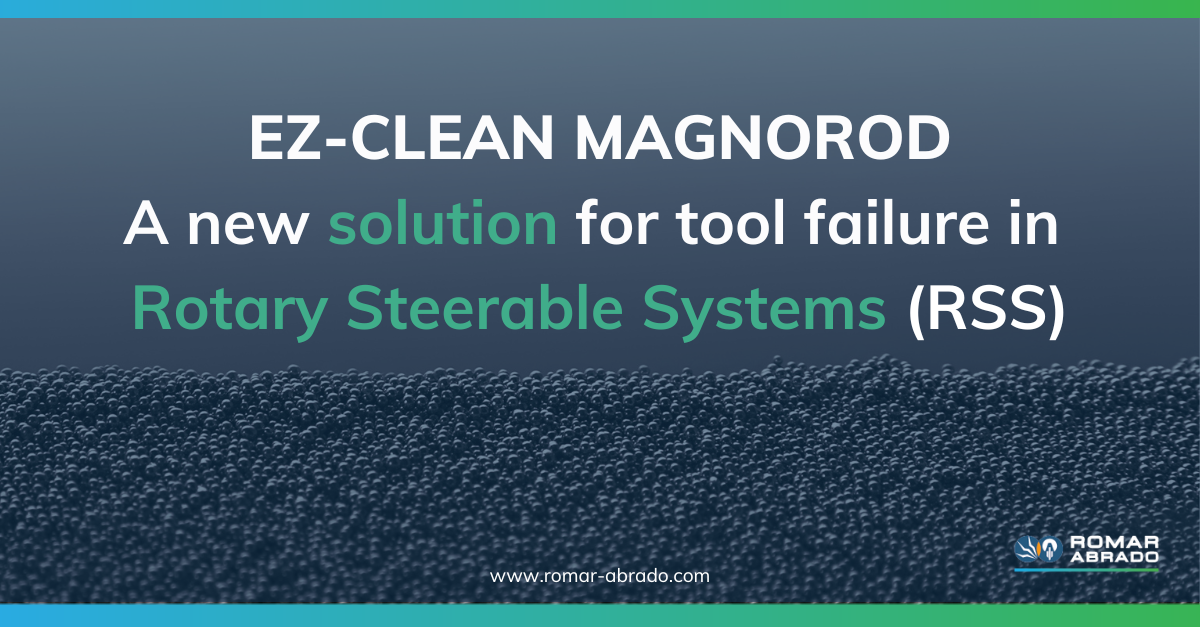What does premature failure, contamination, erosion and MWD data distraction have in common? If you are familiar with swarf handling, you’ll be seeing dollar signs right about now.
These are the common causes of NPT. Keeping costs down by avoiding rig NPT is a vital part of efficient drilling operations. Unexpected tool failure in the middle of an operation not only increases frustration, it increases costs, lengthens project timeframes delivering a successful project.
One offshore tool that’s revolutionised directional drilling is the rotary steerable system (RSS). Replacing directional tools such as mud motors, this piece of kit is significant in the drilling process but susceptible to metallic particles that can prove detrimental when circulated through the mud plant and back into the wellbore. As swarf handlers, metallic debris ‘jamming’ or ‘plugging’ downhole rotary steerable systems is a part of our job we could happily do without.
In fact, our research and experience has shown us that issues caused by metallic contaminants circulating in the drilling fluid is one of the top three problems currently in need of management attention, so the ripple effect of this challenge is felt across the project team.
For decades this challenge is solved with a simple solution which Romar-Abrado have taken to the next level to ensure it removes this risk generating factor.
Bar magnets ‘vs’ rod magnets
What do bar magnets and rod magnets have in common? Other than the physics of attracting metal, not much.
One Canadian operator which struggled with the failure of downhole rotary steerable directional tools as a result of drilling fluid contamination found that traditional bar type magnets were an insufficient solution to the problem.
Bar type magnets need to be manually scraped clean regularly, a hand injury risk and very time-consuming process which adds to rig downtime and increases costs. This type of magnet is also inefficient as if it’s not cleaned regularly, it quickly becomes saturated and will stop collecting further debris. When metal debris isn’t efficiently removed from the flow line, it can damage rotary steerable systems which are very costly to replace or repair. The Canadian operator were glad to find an alternative solution…
…The EZ-CLEAN MAGNOROD® Ditch Magnet System is a lightweight and safe alternative solution to the problem of tool failure as a result of metallic debris.
A new solution for rotary steerable system failures: EZ-CLEAN MAGNOROD®
Romar-Abrado’s EZ-CLEAN MAGNOROD® Ditch Magnet System is a more efficient way to remove metallic debris and reduce the wear on rotary steerable systems.
Lightweight
Each rod weighs a only 3.6kg / 8lbs – in comparison, in the traditional bar magnet solution, each bar weighs 50kg / 110lbs – this means that the rods can be easily lifted by hand and no chain hoist is required for operation.
Improved safety
Unlike the bar magnet system, with EZ-CLEAN MAGNORODS® the swarf is removed by retracting the pull handle with no manual wiping or scraping required. This has obvious health and safety advantages as it minimises the risk of injury by sharp metal particles.
Quick to deploy
They are also remarkably quick to inspect and, due to their design, it’s clear when the wellbore has been cleaned. The system is simple to deploy and install, recovers metal particles across a range of sizes, and protects rotary steerable systems from damage.
A solution to suit your needs
The EZ-CLEAN modular frame design kit fits a flowline approximately 1000mm / 39” wide and 1000mm / 39” deep as standard, but the system can be easily optimised to suit your requirements and the expected weight of debris.
Prevent tool failure with EZ-CLEAN
The EZ-CLEAN MAGNOROD® system has already proved to be effective in improving the long and short term efficiency of drilling operations.
A rig in North Texas that experienced regular rotary steerable system failures installed the EZ-CLEAN system for nine months and experienced no tool failure in that time. When the system was uninstalled, they experienced another failure within a week.
Another land drilling site experienced an 82% increase in rotary steerable system reliability over a 15-month period when the EZ-CLEAN system was in place. And an offshore operation reported that there was “not one RSS plugging issue to report since the install of the ROMAR magnets”.
What do these experiences have in common? An alternative approach to swarf handling, the EZ-CLEAN MAGNAROD® Ditch Magnet System.
Get in touch to find out more.

